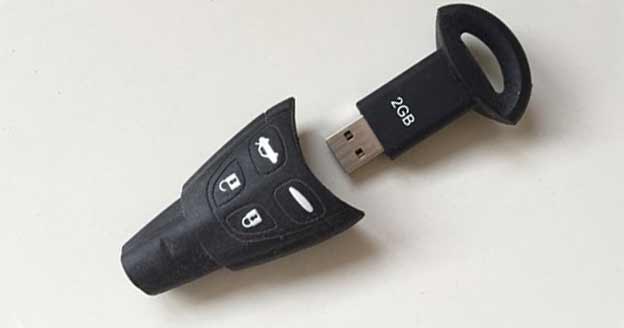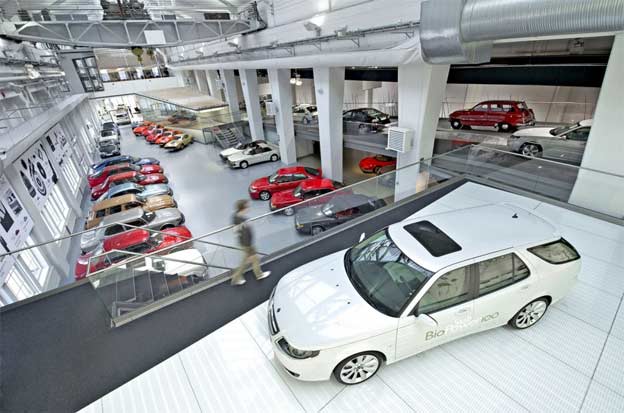The distinctive Saab 900 is not only one of the most Iconic European cars of all time. It’s also one of the most well-bullt. With engineering so clever and of such durable quality, It must surely be one of the most usable classics of all time.
One of the editors of “Practical Classics” magazine has decided to expand its portfolio of classic cars, and has decided to buy another classic Saab 900. February issue of “Practical Classics” brings us the story of their adventure of purchasing a used classic Saab car.
However, In the context of their road trip challenge buying this one was it huge mistake. Why? Because author absolutely love it. Their Winter Warmers Challenge requires them to be entirely logocal but as they all know, they Invest more In the things they love.
Editor of “Practical Classics” magazine only paid a piffling £250 for the car – after finding It gathering mould In a driveway a few miles from his house – but he knew it would end up breaking the bank. The spend began Immediately with a new battery and trailer hire. Once up on the ramp at the PC workshop, he whipped the wheels off and set about pulling huge clumps of mud from the wheel arches.
Expecting chunks of rusted metal to come with it (as would happen on most classics of this age). Instead he found nothing but clean bodywork underneath. Turns out these Finnlsh-built two doors were even better made than the cars from Saab’s Trollhattan plant in Sweden. Then, He set about solving the causes of an MOT failure two years before. he then examined with a colleague a dose of his welding expertise to the front chassis leg and they installed a replacement steering rack.
Following this, ensued an inspection the rest of the car, along with members of the local Saab club: mechanics inspection, car service history, and additional small adjustments. The car was able to start without problems, and it ran very smoothly, without any vibration or problems.
In order for the car to pass the MOT inspection smoothly, the new owner had to replace the worn out tires and dumpers, and after that everything went smoothly. And that’s not all, the new owner hired a professional polishing specialist to bring the car back to its old gloss, and its blue color shone again.
Get the February issue of “Practical Classics” and read this entire adventure of acquiring and recovering the classic Saab 900. Thanks to the magazine editors for saving, and bringing back, another classic Saab.












Dom finska modellerna i ljusbrun färg rostade mindre pga att man använde en färg som inte var tillåten i Sverige.
Nej, de finska rostar mer än de svensktillverkade.
det ät möjligt för vissa modeller men i det gäller inte generellt i såna fall.
Saab 90 tillverkades i Finland och de klarade då sig betydligt bättre än de svensktillverkade 900 och 99 från samma era.
Saab 90 köptes oftast av äldre som inte körde så mycket och hade tid att rå om sina bilar, det är nog anledningen när det gäller Saab 90.